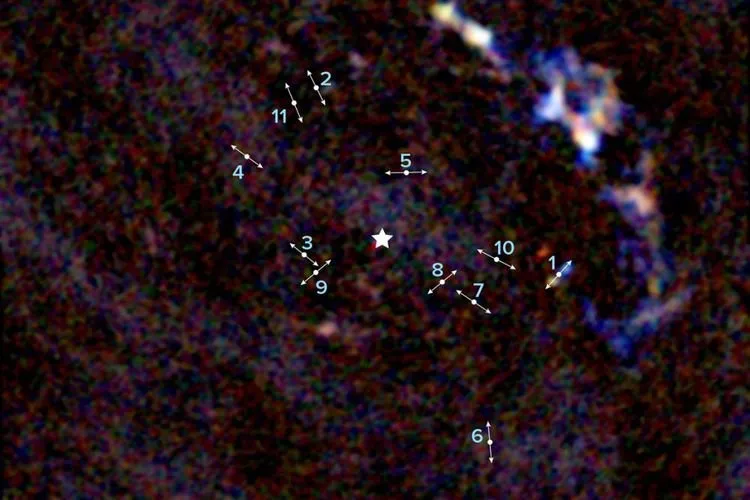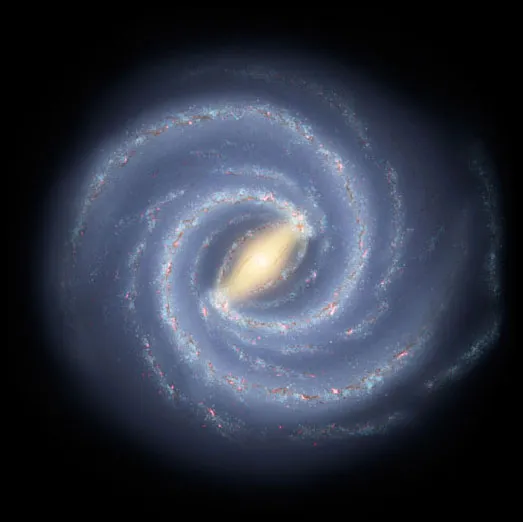
The discovery of extraterrestrials has always stolen the public's attention.
This time, astronomers using Atacama Large Millimeter / submilimeter Array (ALMA) revealed that they have found 11 young stars or often referred to as prototypes within three light years of Sagittarius A *.
Sagittarius A * itself is a very large black hole at the center of our Milky Way galaxy.
Previous ALMA observations around Sagittarius A * reveal the presence of some young stars estimated to be 6 million years old. These objects are known as proplyds which are a common feature in quieter star-forming regions such as the Orion Nebula.
However, a new ALMA observation reveals something unusual, ie the presence of 11 young stars or prototypes formed within 3 light years of Sagittarius A *.
The presence of this protostar indicates that the conditions required for the birth of low-mass stars may exist in one of the most turbulent areas of the Milky Way.

"While there are many possibilities, we see the best evidence that low-mass stars form very close to Sagittarius A *." said Dr. Farhad Yusef-Zadeh, astronomer at Northwestern University quoted from Sci-News, Thursday (30/11/2017).
"This is a really surprising result and shows how powerful stars are forming, even in the least likely places," he continued.
ALMA data also show that newly discovered prototypes are about 6,000 years old.
"This is important because this is the earliest phase of star formation we found in a very hostile environment," Dr. Yusef-Zadeh.
"This discovery provides evidence that star formation occurs within a cloud very close to Sagittarius A *," said Dr. Al Wootten, of the National Radio Astronomy Observatory.
Published in the journal Astrophysical Journal Letters, the researchers write that in order for this to happen, outside forces must press the gas cloud near our galactic center to overcome the threat in this region and let gravity take over and form stars.
Scientists also speculate that high-speed gas clouds can help the formation of these stars.
In addition, there is also the possibility that the jets from Sagittarius A * can hijack clouds of surrounding gas, compress materials, and trigger the explosion of this star formation.
"The next step is to look closely to ensure that these newly formed stars are orbited by dusty gas disks," said Dr Mark Wardle, an astronomer at Macquarie University in Sydney.
"If so, the possibility of the planet will eventually form from this material, just like the young star in the galaxy discs," he continued.